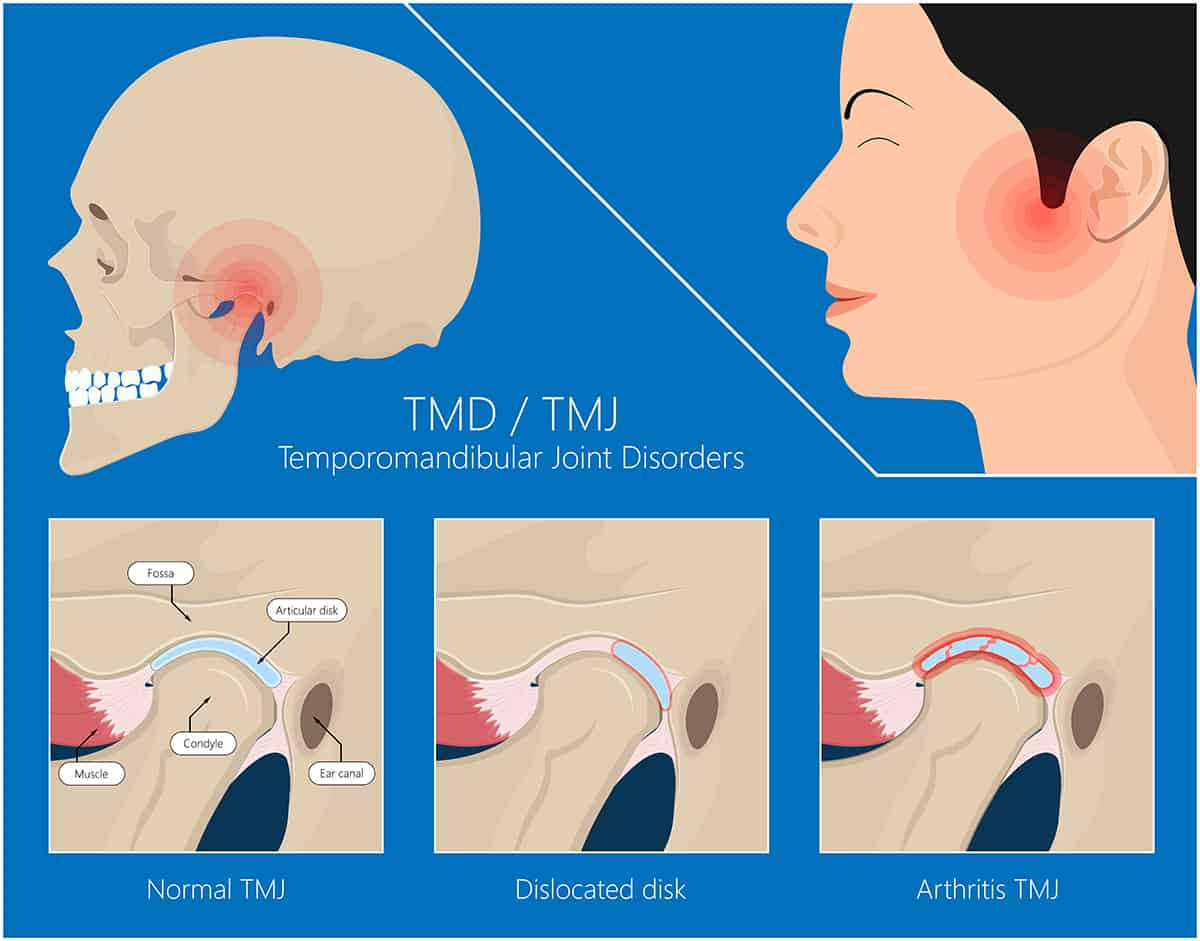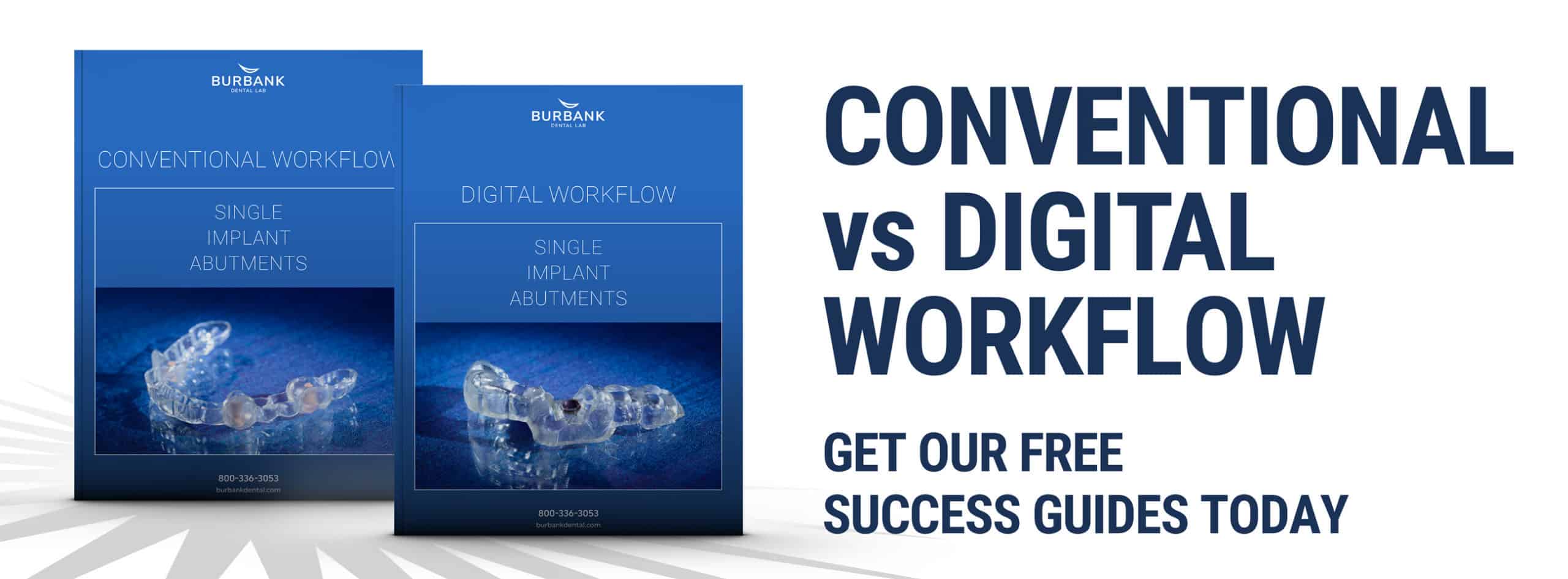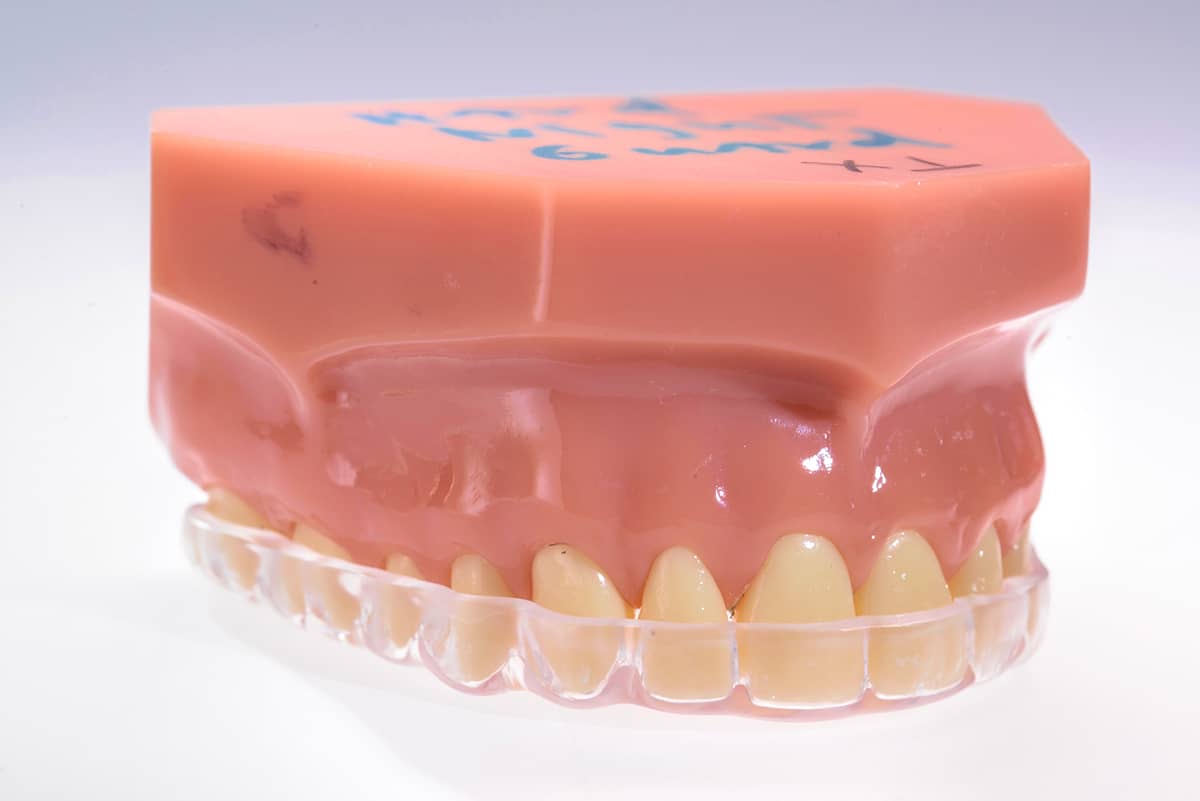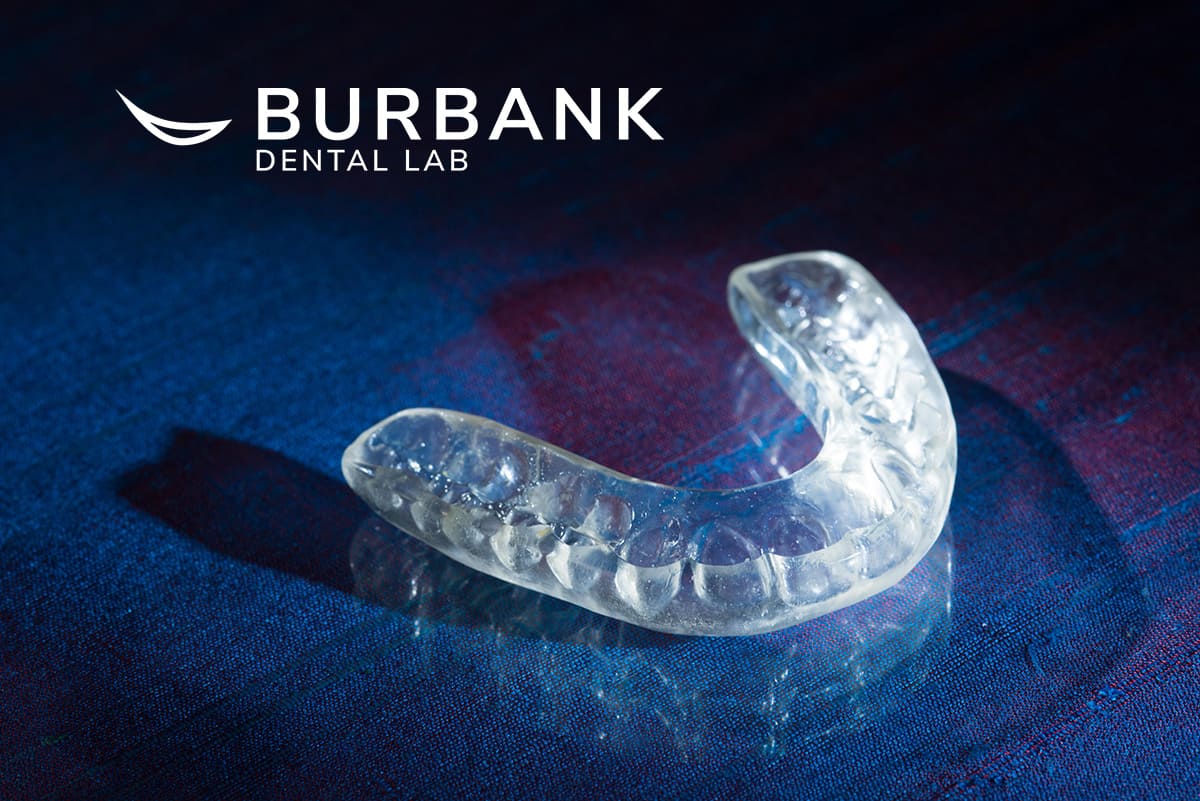Occlusal Guard Types
FOR BRUXISM AND TMJ SUFFERERS
Written by Dr. Diana Sedler, Periodontistt
Written by Dr. Diana Sedler, Periodontist
Written by Dr. Diana Sedler, Periodontist

Dr. Diana Sedler is a periodontist and owner of Cutting Edge Periodontist in Burbank, CA.
Tooth wear, muscle pain, increased tooth mobility, fractures, and periodontal disease can all be symptoms of bruxism.
Bruxism is categorized as the process of unconsciously grinding one's teeth or clenching the jaw while either awake or asleep, which can cause temporomandibular joint (TMJ) and other myofascial pain.
This condition is due to a variety of reasons such as stress, anxiety, fatigue, or the misalignment of one's teeth. The use of occlusal guards to combat this condition is imperative in alleviating these issues and reducing the impact on one's smile.
Bruxism is found to be more significant in people under severe stress and anxiety.
Awake bruxism is also known to be seen more commonly in females than in males. According to a study done by Biomed Research International, women who were suffering from bruxism demonstrated a higher prevalence of psycho-emotional deficits while men did not [1]. Men revealed that they adopted more avoidance of emotional processing, while women seem to embrace and latch on to their more emotional states.
Sleep bruxism, however, occurs the same in both men and women. This factor can cause a higher risk of stress and anxiety, leading to a higher prevalence of bruxism. This adoption of bruxism, in turn, can lead to trauma of the oral dentition and lead to issues such as TMJ disorders.
Understanding the underlying causes of bruxism, i.e., an abnormal bite, stress, and anxiety, is critical in learning how to address the overall problem. It is essential to put in place the steps that must be done to alleviate ailments and discomfort caused by the condition.
The occlusal surface is one of the essential considerations in dentistry. In people suffering from grinding or clenching, one of the best ways to help protect their dentition and alleviate the pain and discomfort that manifests from this issue is with an occlusal splint. In people who do not seek treatment, grinding may cause the following:
The force a bruxer exerts while bruxing is six times that of normal mastication. It is imperative to the overall health of those suffering from bruxism to seek out orthodontic appliances to help protect them from further harm.

Since bruxism and parafunctional activities are usually subject to stress and anxiety, patients need ways to help manage these occurrences in their lives. The clinician can guide in helping protect patients from further damage and painful symptoms of TMD and other orofacial pain.
To begin, patients with parafunction usually fall into one of three groups:
While discussing stress management with patients is crucial, the clinician's role is to provide opportunities for pain management and protection of the existing dentition.

Many drug stores and online retailers sell stock mouthguards, also referred to as an over-the-counter appliance. These are often ill-fitting and can be bulky. They have been linked to creating harmful occlusal changes in individuals and other problems.
Because unsupervised tooth movement is not advisable and because bruxism can often be a long-term problem, a customized occlusal guard with proper regular dental visits is imperative to manage this condition properly.
The question then becomes what type of occlusal appliance is best. Of course, these appliances do not stop the occurrence of bruxism or clenching; instead, they help to limit parafunctional activities by redirecting them to the occlusal mouth guard rather than the tooth.
There seems to be evidence that dental occlusal guards can be useful in protecting patients from further harm with proper medical supervision. Primarily, these guards can be categorized into three types: hard, soft, and dual-laminated.

Hard resin occlusal appliances have many advantages over soft appliances.
The harder appliances enable ease in adjustments and repairs. The hard appliances have been shown to fit more accurately. They last longer, retain their color, and seem to have less food accumulation.
The softer appliances are more difficult to adjust and have more significant wear, resulting in a less precise occlusal scheme.
There seems to be supported on both sides for the utilization of either hard or soft occlusal splints. The soft splints may be better suited in distributing heavy loads involved with parafunctional habits.
Hard splints are associated with affecting the occlusal equilibrium, the vertical dimension, and improving the condylar position, resulting in reducing TMD symptoms.
According to studies, soft splint therapy can result in earlier improvement of some TMD symptoms.

The dual-laminated occlusal guards, such as the Talon splint, offer both the combined features of a hard splint and a soft splint. These splints provide exceptional retention attributed to a harder acrylic layer with a thermoplastic layer bonded together to allow for occlusal adjustment.
These guards are often used in patients exhibiting episodic bruxism and are intended to protect dentition during parafunctional episodes.
A review of the studies on occlusal night guards can create many unanswered questions regarding what guards are best for a particular situation and the risk associated with utilizing them as a treatment modality. No matter the type used, the key to success in bruxism lies in proper patient monitoring to observe the effects of a prescribed night guard on possible occlusal changes.
Dr. Diana Sedler is the owner of Cutting Edge Periodontist in Burbank, California and the author of The Guide To All On 4 Dental Implants.